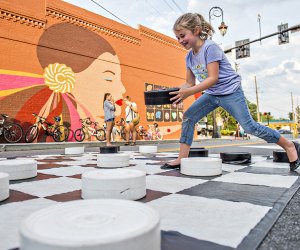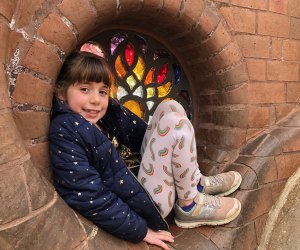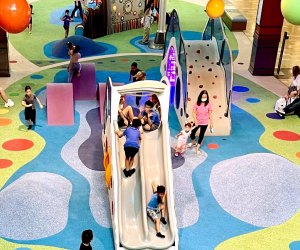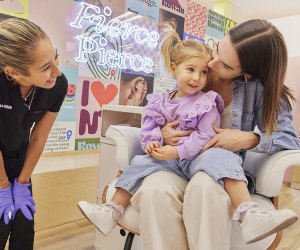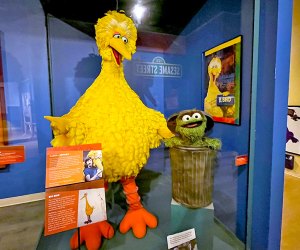Using the NYC Public School Report Cards to Find the Best Public Schools for Your Child
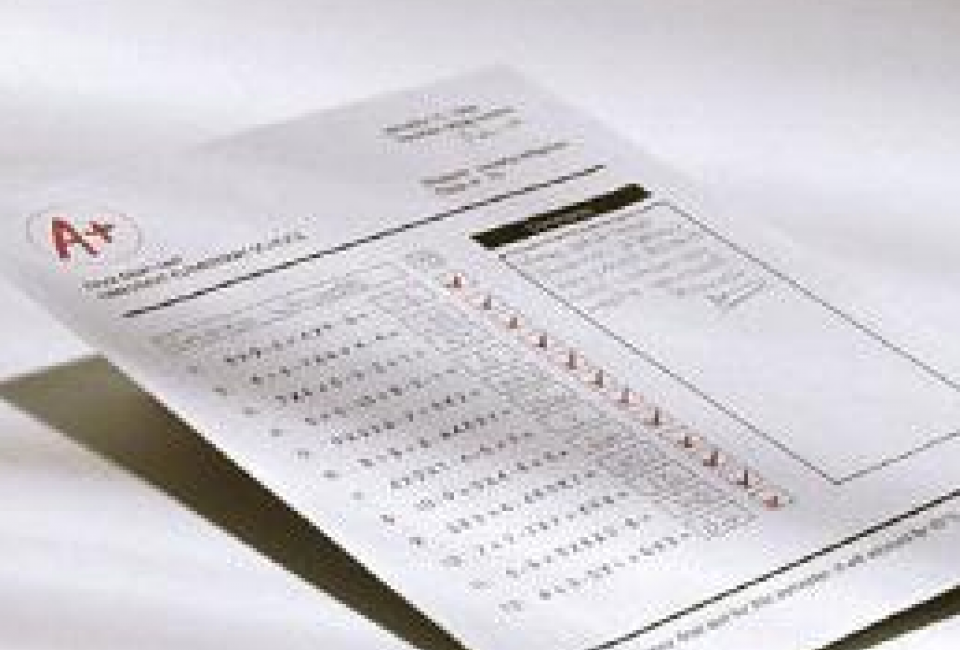
In the past few years the DOE has implemented many new standardized assessments for NYC public schools. Internally, there has been some grumbling, particularly from school administrators who have felt like these reviews do not paint accurate portraits of their schools and are unfair assessments, but are these reports useful for parents? What can you learn from these reviews when looking to choose a school for your child? And what other tools are available for parents?
Below find an overview of the different DOE school report cards, what each one will tell you and other useful tools in researching the best NYC Public Schools for your child.
OUR LATEST VIDEOS
The School Survey reports the school experience from the point of view of parents, students and teachers. This report is useful in showing what families and teachers think of their school in terms of academic acheivement, communication, engagement and safety. Is there good communication? Are parents and students happy with the school? Do teachers feel supported by the administration? The school survey can raise a red flag if there is a rift between the teachers and the administration or possibly the parents and the administration as well as if there are any safety issues.
The Quality Review Report gives a more anecdotal account of the quality of the educational instruction and curriculum. While you won't find many details on the exact curriculum, the report talks about the quality of instruction and the ability of the school to teach to each child's individual needs and abilities. In addition to basic demographic information for the school, you will learn the principal's goals, what the school is doing well and where they can improve. The report is very dense and needs to be read carefully in order to understand the content completely. The reports also does include some anecdotal tidbits about the overall environment of the school, including how students feel about the school both academically and in terms a supportive environment.
As an aside, after reading several of these reviews I found that the one thread is that they are all obsessed with data and the school's ability to use data effectively to improve their teaching. I started to get the feeling that these reports were being written by cyborgs that have come from the future to assess the intelligence of human life based on their scale (the ability to use data and statistics to assess problems). I am not an education expert and while I can see that good assessment can lead to better ability to meet the needs of individual students and perhaps it is the genius educational develpment of the century, but, as a parent, the ability of a school to use data would not be my first priority.
The Progress Report is perhaps the one report that been the most controversial. Because it provides schools with a letter grade, it takes on the appearance of being the ultimate, cumulative report for the school. But the progress report is just one more assessment in the mix. I think this report is also the most easily misinterpreted report, this grade is not a quality grade, but a progress grade. That is, schools are being judged not for how well students are meeting goals, but for how much better they are meeting goals than they were in previous years and how the school compares to what the city deems to be its peer schools (so a G&T school is being compared to other G&T schools, for instance).
One thing that is useful in this report is that you can see a slightly more detailed report of how students are performing on the standardized tests than the old info that only told us the percentage of students getting 3s and 4s. Now you can see the median score and get a better idea, not just of how many are meeting standards, but of how many are excelling beyond the standards.
One piece of the puzzle that has not been given much atention in traditional reports is arts education. Enrichments are often glossed over if not ignored completely. With the new Arts Report you can find out more about a school's arts curriculum. The arts report tells you how many hours per year students are getting instruction in Music, Dance, Theater and Visual Arts as well as how many performances or other arts events students participate in and arts related field trips.
The Comprehensive Education Plan (CEP) is a documentdrafted by a schools School Leadership Team (SLT), a body made up of both parents, eachers and school administrators. This document is unique in that it is being drafted by the school with parent participation. The point of the document is to be a response from the school to the various assesment reports and outline the mission of the school and what the current goals are. Reading the mission and goals might be useful for parents to get a feel for what the school stands for and specific steps they are takin gto improve their school.
How do you find these reports? The easiest way is to google the school and find the link for the official DOE website for the school (many schools also have their own websites). In the left column of the official DOE website for the school is a link called "statistics" where you will find links to download each of these reports.
One last DOE document you can check is the DOE class size database which is an excel spreadsheet with class size data for every school. You can download it from the DOE website and search for the school number. Look for the document named Detailed School-Level Data.
Another place to get information about public school in NYC is InsideSchools.org which is the only comprehensive online source for school reviews independent of the DOE. Inside Schools offers anecdotal assessments of every NYC public school based on visits to the school and interviews with the principal and parents. The Inside Schools reviews give a lot of attention to the culture and environment of schools which is hard to find out from the DOEs more data-driven assessments, but also makes them somewhat more subjective. Also, many of them are quite out of date so make sure to check when a review was written and judge it accordingly.
In general, all assessments, whether from the DOE, Inside Schools or the park bench, should be taken with a grain of salt as schools are dynamic entities and, like our children, not easily summed up in two dimesions. Also, a school that might be great for one child could be a disaster for another, and one family's experience might differ drastically from another's. NYC school choice can be really difficult for parents because it is so hard to get solid inforamtion to base such an important decision on.
The new DOE assessments can be useful tools in helping parents get more information about their school choices. I particularly like the Quality Review as a slightly more anecdotal report that begins to touch on school culture, rather than just standardized test scores, but I think that all assessments should be reviewed with a critical eye and each individual assessment should only be considered one piece of a larger puzzle.
If you are choosing between different NYC public schools I recommend reading the DOE's assessments as well as the Inside Schools report and trying to get personal information from families you may know who have attended the school. Then put all that info into a blender and go with your gut. In the end, there are so many great public schools in NYC that it's hard to make a bad choice and kids are so unique that you won't really know for sure until they are in the school.











